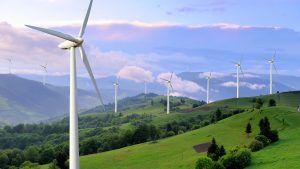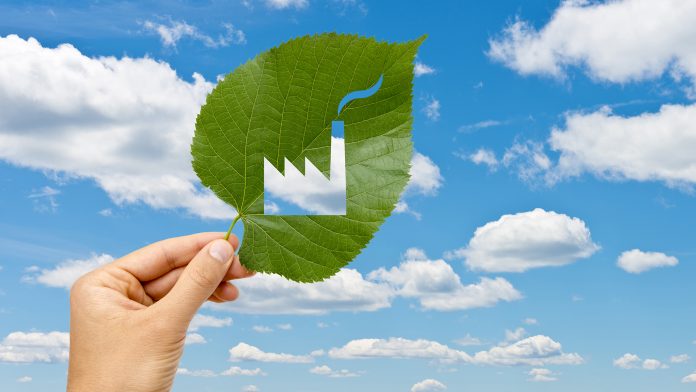Dusan Jakovljevic, Co-Founder and Policy and Communication Director at Energy Efficiency in Industrial Processes (EEIP), EUSEW digital ambassador, discusses the challenges facing the development of the energy efficiency market in Europe’s industrial sector.
For over ten years, Energy Efficiency in Industrial Processes (EEIP) has been researching ways to improve European industrial energy efficiency, including through EU-funded Innovation Action initiatives.
Our main learning is that energy efficiency, although ‘common sense’ (especially for industrial and business energy users), does not happen spontaneously.
The energy efficiency market is missing. It very often feels like a Sisyphus task of endlessly pushing the boulder of innovation up the hill of market feasibility.
The hill: Market feasibility
This absence of a dynamic market for industrial energy efficiency stems from various interconnected challenges.
Companies often face significant barriers to investing in energy efficiency measures due to the high upfront costs involved in upgrading equipment and implementing new technologies.
Furthermore, skills and workforce shortages remain one of the key long-term barriers to decarbonising European manufacturing businesses.
Additionally, the lack of clear metrics for assessing energy efficiency improvements (benchmarks) and the uncertainty surrounding long-term energy prices further discourage investments.

The boulder of innovation
The first steps have been taken. The European Commission’s Joint Research Centre, under Innovation Radar methodologies, has made a significant development with the creation of the Market Creation Potential Indicator. It has the potential to become a valuable asset in navigating complex market landscapes, driving sustainable investments and growth, and fostering a more resilient and dynamic EU economy.
We believe that every project should possess a strong understanding of the market and be market-oriented. This principle should underpin replication methodologies across all projects funded by the EU. Replication shouldn’t merely involve showcasing ideas and outcomes.
Actions are not taken based on good ideas and inspiring information. Competition for research funding between many actors, often comprising ‘commercial’ competitors (many of whom are non-profit), can be balanced with collaboration through a range of means and incentives.
One approach is to further emphasise shared goals or mutual benefits already in programme calls and in application processes, such as addressing common challenges by leveraging complementary expertise or insisting on references to existing recent work in similar areas.
Additionally, incentives like access to broader markets, cost-sharing opportunities, or enhanced reputation through joint replication efforts can motivate collaboration. The thematic workshop organised by CINEA, which centred on replication in the clean energy transition within business sectors (20-21 April 2023), brought together over ten diverse projects.
EEIP provided facilitation and moderation, showcasing an outstanding instance of collaboration among project consortia.
Ultimately, by emphasising the synergies and long-term benefits of energy efficiency, different project consortia can mitigate the adversarial aspects of competition for future projects.
Innovation becomes a success only when market opportunities are effectively created and mobilised. Promoting the perspective of market orientation for innovative energy efficiency developments would unquestionably enhance the value of project investments and results.
Fostering collaborative efforts for market development
The energy efficiency market can only be created and stimulated by actors working together. This would include everyone from research centres and sectoral associations to companies and investors. Regulatory and EU funding programmes should create an effective framework for this collaboration to flourish.
Industrial energy efficiency is already about collaboration. There are very few opportunities behind the factory gates. Connecting to other energy users to optimise energy use is often the best way forward. Industrial Symbiosis is a good example.
As energy efficiency makes common sense within a company, industrial symbiosis does the same in an energy and resource-connected circular economy.
EU-funded projects like EENOVA, which analyses the connections of value chains in optimising energy efficiency innovations in the food industry, or CORALIS, which connects decarbonisation for resource and energy-intensive sectors, are examples of replication building on the pre-existing interaction of multiple sectors and energy users.
Working together and learning from each other between research, factories and business enablers is a much-needed springboard for energising future energy efficiency markets.









